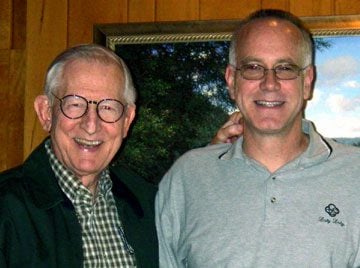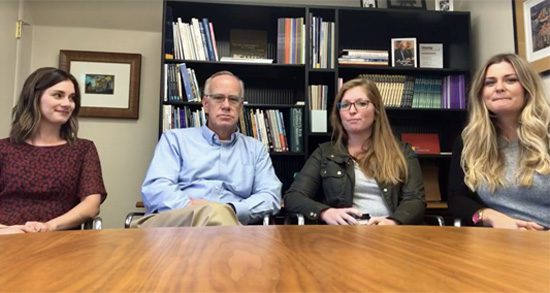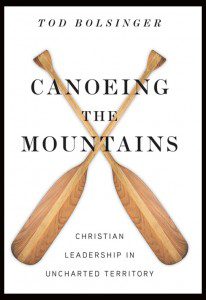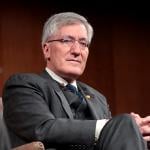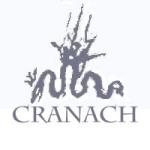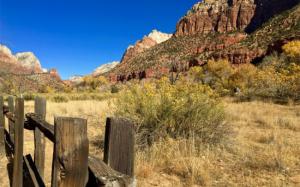
Today is the Monday before Thanksgiving Day, a national holiday in the United States. According to Abraham Lincoln, who first established this holiday on the last Thursday of November, it is to be “a day of thanksgiving and praise to our beneficent Father who dwelleth in the heavens.” In 1941, the U.S. Congress established the fourth Thursday of November as the official national holiday. (For more on the history of Thanksgiving, see “A Brief History of Thanksgiving” in this article.)
For many years, I have taken time around Thanksgiving Day to reflect on gratitude. This morning, I did a Google search on “gratitude” to see what I might find. I was curious about a recent article in Forbes magazine, “Great Leaders Have an Attitude of Gratitude – Do You?” As the Executive Director of Fuller’s Max De Pree Center for Leadership, I’m always interested in new ways to think about how we might lead more effectively. So I checked out the Forbes article.
Written by Christine Comaford, “Great Leaders Have an Attitude of Gratitude” shows that “The combination of leadership and gratitude is extremely powerful.” Comaford’s main point is that gratitude helps us to feel positively about life and gives us “positive emotional reserve” whenever we need it, such as in times of stress or disappointment. Moreover, according to Comaford, when we are regularly grateful, we are also empowered to express our gratitude to others.
Comaford’s version of gratitude does not explicitly include God. In her recommended “Gratitude Practice,” she encourages us to “Offer a silent ‘thank you’ to the person or object of your blessing.” For those of us who believe our blessings come from God, it’s not hard to move from thanking the objects of our blessing to the source of our blessing. In a recent trip to Zion National Park, I was overwhelmingly grateful for the beauty of Zion Canyon. But rather than thanking the canyon itself, I chose to thank the Artist who painted it so beautifully.
Though I think of gratitude somewhat differently than Comaford, I am indeed grateful for her insight, for her connection between gratitude and leadership. I have experienced how much being thankful can make a difference in my own leadership. For example, when I’ve had a frustrating day – And who doesn’t have one of these sometimes? – I find it natural to get mired in negativity, to fret about what has gone wrong, and to focus on my own failures. Yet, if I can move into gratitude, my perspectives and my feelings change. I remind myself that, even on difficult days, I am blessed to do good work with good people. As I remember these simple blessings, I can even being to feel grateful, rather than self-pitying or resentful. Thanks encourages me and empowers me to keep pressing on even when my work is difficult. It lightens my heart and my load.
In this season of thanksgiving, let me add my voice to Comaford’s, urging you to let gratitude shape your leadership.


